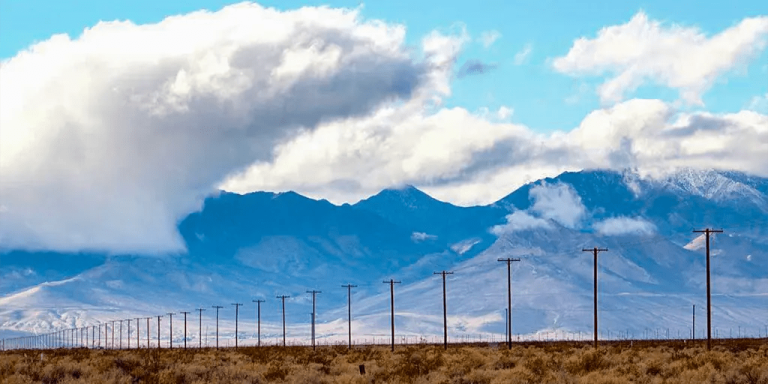Richie Nolan
The U.S. Department of Energy recently made a shocking admission. U.S. electricity demand will double by 2050, and meeting this surge will require the construction of 300 Hoover Dams.
As impressive as this estimate is, it may still be too low. In many parts of the country, utilities and grid operators warn that demand for electricity is growing faster and higher.
Electrifying the economy with heat pumps and electric vehicles is part of a sea change in demand. The same goes for industrial outsourcing of battery and semiconductor manufacturing plants where demand for new energy is strong. But the game-changer for power requirements is the explosive growth of artificial intelligence and the massive data centers required to support it.
Running an Internet search using artificial intelligence consumes more than ten times the energy of a traditional Google search. The types of processors required to run artificial intelligence are comparable to the power consumption of the average American home.
The newest and largest data centers are so large that their power needs are equivalent to those of a city the size of Seattle. There are dozens of such facilities currently under development.
In Virginia, the data center capital of the United States, the state's largest utility company predicts that power demand will surge by 85% in the next 15 years, and data center power demand will quadruple.
AEP, a utility company that serves 5.6 million customers in 11 central states, reports that companies representing 15 gigawatts of new power demand through 2030, primarily from data centers, are seeking connections. This is equivalent to the electricity needs of 10 million homes.
Georgia Power, Georgia's main utility, raised its demand forecast sixteenfold from a year ago as data centers emerge and industrial activity increases.
Not to be outdone, the Electric Reliability Council of Texas, the grid operator for much of the state, announced this summer that it expects the state’s electricity demand to nearly double in just six years.
Utilities and grid operators across the country are wondering where the electricity comes from.
While demand for electricity surges, efforts to meet it are in disarray. In fact, due to the impact of the U.S. Environmental Protection Agency (EPA), many areas of the country are losing significant existing capacity faster than they can replace it.
The EPA is using a set of rules with impossible technical requirements to wipe out the country's coal plant fleet and make it nearly impossible to build new baseload coal and natural gas plants. Rules for the existing natural gas fleet are also imminent.
While the EPA dismantles the capacity we currently rely on, efforts to build new capacity remain stuck in first gear. Permitting, financing and supply chain issues are stumbling or derailing energy and infrastructure projects across the country.
About one-third of utility-scale wind and solar site applications submitted in the past five years have been canceled, while about half of wind and solar projects have experienced significant delays, according to Lawrence Berkeley National Laboratory.
Nationwide, we should be building thousands of miles of high-voltage transmission lines every year to carry remote wind and solar energy to demand centers. Last year we only did 55 miles.
America’s grid operators now insist we face a staggering mismatch between the power we need and what’s available. In fact, the National Grid Reliability Regulator has warned of blackouts in much of the country by the end of the decade. But even if the worst grid emergencies can be avoided, our self-inflicted power shortages could cause huge economic losses.
Without sufficient electricity supplies to meet new industrial demands, we are on track to short-circuit our own economic potential. The tight supply is already reflected in prices. The current electricity price inflation rate is 50% higher than the overall economic inflation rate.
When data centers or newly proposed car or battery factories can't find available or affordable electricity, they won't be built, leaving countless jobs and tax revenue behind.
In one northern Virginia county alone, tax revenue from data centers is expected to reach $1.5 billion annually by 2030. But that's only if the data center can find available power.
Meeting the huge power demand on our doorstep will require using every tool at our disposal, including the plants the EPA is determined to shut down.
The country’s coal plants are an invaluable asset that help maintain grid reliability, meet growing demand and help us move into an energy future. It is long past time for energy and regulatory policy to recognize this. Destroying the nation's economic and industrial potential is a mistake we simply don't have to make.
Rich Nolan is president and CEO of the National Mining Association.
This article was originally published by RealClearEnergy and provided via RealClearWire.
Relevant
